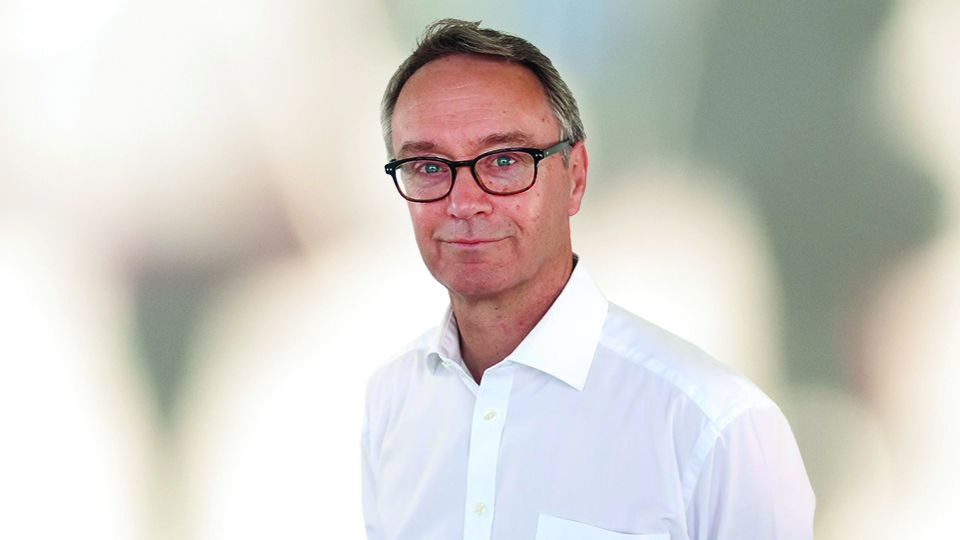The headlines rarely make for comfortable reading, whatever your particular interest, but for those of us who worry constantly about climate change the latest reports on September’s weather, and July’s, and August’s, is hard to digest.
Yet again another set of records for each month. What stood out about September’s weather is that the jump is huge. September beat the previous high by 0.5 degree, an unprecedented jump which makes it 1.8 degrees warmer than pre-industrial levels. I’ve been following the climate crisis for longer than I care to remember, but what’s become a pattern for me is that the forecasts of expected temperature rises have undershot what actually happens.
See also: – The elephant in the room
This year there is the El Nino effect adding to the planet’s warming – a natural phenomenon that adds heat to the climate through the southern oceans release of absorbed heat. Other smaller effects have been cited too, the solar cycle, volcanic eruptions and, ironically, the reduction in sulphur emissions from shipping and industry which blocks, or reduces, the suns intensity. A double/triple whammy in a bad way.
And ESG investing is having a tough time too – performance hasn’t been good. Higher interest rates have done some major damage to the outlook for growth companies in particular, of which many are found in ESG funds, and infrastructure in the investment company sector has taken a battering too. For clients with exposure to renewable energy it’s been a hard period. And although ESG clients usually have the cause to reflect on, the financial side can’t be ignored.
The causes of the problems are well known, little value exposure and little exposure to the only ‘game in town’ AI. Added to this some of the main players in the wind sector have experienced production difficulties and the sector has taken a big hit. It’s a bit of a perfect storm and feels like it reflects what we’ve seen in the real climate this year.
The need for investment ‘balance’ within ESG portfolios is difficult to achieve, there are some funds offering solutions but they invariably introduce stocks that are not the natural preserve of ESG investors. Yet it is these ‘contentious’ stocks that need to transform the most, and as investors have voting power, and managers the ability to engage that ESG investors can arguably do most good – they can pressure high intensity carbon industries to decarbonise, to have net-zero plans, waste water policies and so forth.
See also: – Intentionality scores are good hunting ground for ESG investors
If these can be measured then a really positive story could emerge of investors being able to bring change, and as the change happens valuations should in theory improve. So a win-win situation.
I know there are those in the fund industry working and thinking along these lines but it’ll be investors who are harder to convince. It may result in some slightly perverse conversations with clients, to discuss rowing back from investing with a minimal carbon footprint to suggesting a bigger footprint is ok, as long as it reduces in time.
This way of thinking also fits with long-term investing, but the key will be the success fund managers have in finding suitable companies, their engagement, and bringing about measurable change.
At the moment ESG investing is on the back foot, the glory days seem a long way off but the market is not behaving in a way that is different to which it has always behaved, market leadership has changed, a trend has run out of steam, investors are looking elsewhere – this happened in the early 2000s when the tech bubble burst, but it didn’t change the situation, the new opportunity that had appeared and the profound impact it had on the world.








